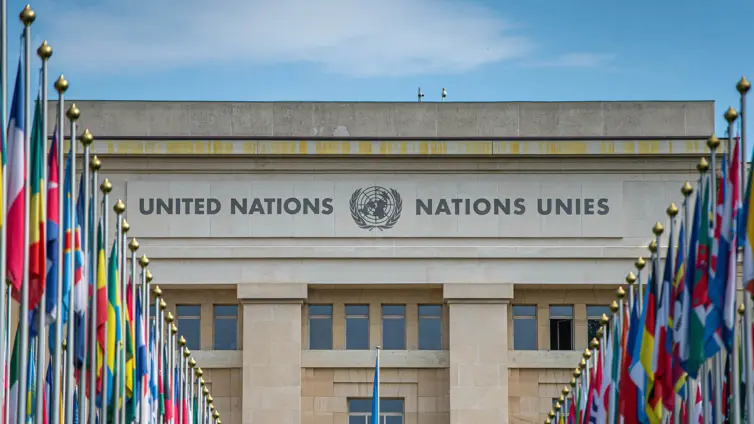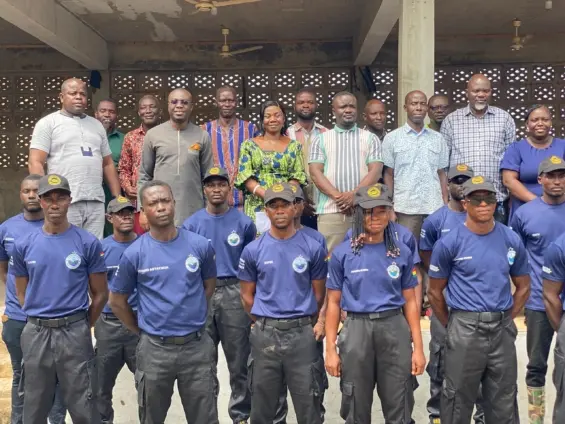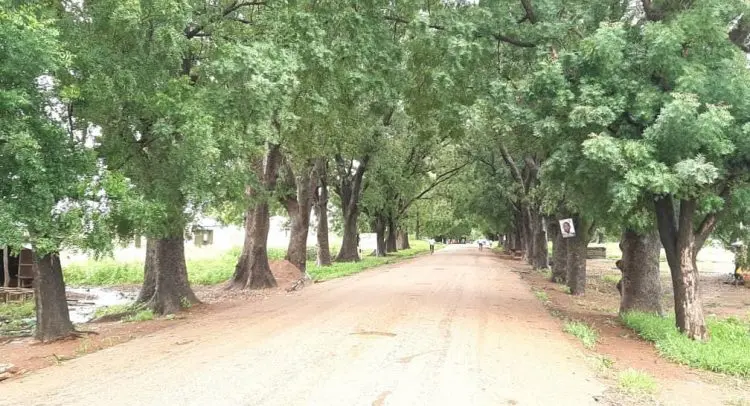The dense canopy of the Asenayo Forest Reserve, once threatened by the relentless encroachment of illegal mining, now breathes a sigh of relief. The government’s recent operation to reclaim the reserve marks a pivotal moment in Ghana’s struggle against galamsey, the destructive practice that has ravaged precious natural resources. The successful reclamation underscores a renewed commitment to environmental preservation and serves as a powerful deterrent to those who seek to exploit the nation’s natural heritage.
This blog post delves into the intricate details of the reclamation, examining the collaborative efforts that paved the way for this victory. From the strategic deployment of resources to the unwavering resolve of key figures involved, this operation exemplifies a comprehensive approach to tackling illegal mining. The renewed health of Asenayo Forest Reserve is a testament to the government’s zero-tolerance policy and offers a glimmer of hope for the future of Ghana’s threatened ecosystems.
The coordinated operation that led to the recovery of the Asenayo Forest Reserve was a joint effort spearheaded by the Forestry Commission and security agencies, all operating under the umbrella of the Ministry of Lands and Natural Resources. Dr. Hugh Brown, CEO of the Forestry Commission, emphasized the importance of teamwork, hailing the operation as “a powerful example of what inter-agency collaboration can achieve.” This unified front proved crucial in overcoming the challenges posed by entrenched illegal mining operations.
The significance of the Asenayo Forest Reserve reclamation extends beyond its immediate ecological impact. It represents the eighth successful recovery of a “red-zoned” forest reserve, areas identified as high-priority targets due to the severity of illegal mining activity. This achievement reinforces the government’s unwavering stance against galamsey and sends a clear message that such activities will not be tolerated.
Minister for Lands and Natural Resources, Emmanuel Armah-Kofi Buah, has been a vocal advocate for the reclamation efforts, having previously confirmed the recovery of seven other reserves. The government’s strategy encompasses a multifaceted approach, including intelligence-led enforcement to disrupt illegal operations, proactive community engagement to foster local support, and comprehensive ecological restoration to revitalize degraded areas. This holistic approach serves as a model for sustainable natural resource governance, demonstrating a commitment to both environmental protection and community well-being.
With the successful reclamation of Asenayo, only one forest reserve remains under illegal occupation. The Ministry has reaffirmed its unwavering commitment to achieving full recovery, signaling that there will be no respite in the fight against illegal mining. The government’s position is clear: “No forest land will be ceded to criminals. We are mobilising all resources to reclaim the final target and ensure lasting protection for these critical ecosystems.”
The impact of the Asenayo Forest Reserve reclamation is already being felt. The reserve, once scarred by the destructive effects of illegal mining, is now secured and under state protection. This allows for the crucial process of ecological restoration to begin, with the aim of revitalizing the forest’s biodiversity and restoring its natural functions. Furthermore, the reclamation contributes to the well-being of local communities that depend on these resources for their livelihoods and sustenance.
The reclamation of the Asenayo Forest Reserve stands as a significant victory in Ghana’s ongoing battle against illegal mining and its commitment to protecting its invaluable natural heritage. Through strategic collaboration, unwavering resolve, and a comprehensive approach to enforcement and restoration, the government is setting a powerful precedent for environmental stewardship. As efforts continue to reclaim the final target and ensure lasting protection for these critical ecosystems, Ghana is paving the way for a more sustainable and prosperous future, one where the delicate balance between economic development and environmental preservation is carefully maintained. Continued initiatives are essential to solidify this victory and prevent future environmental degradation, ensuring that the Asenayo Forest Reserve and other vital ecosystems remain protected for generations to come.
Image Source: MYJOYONLINE



















